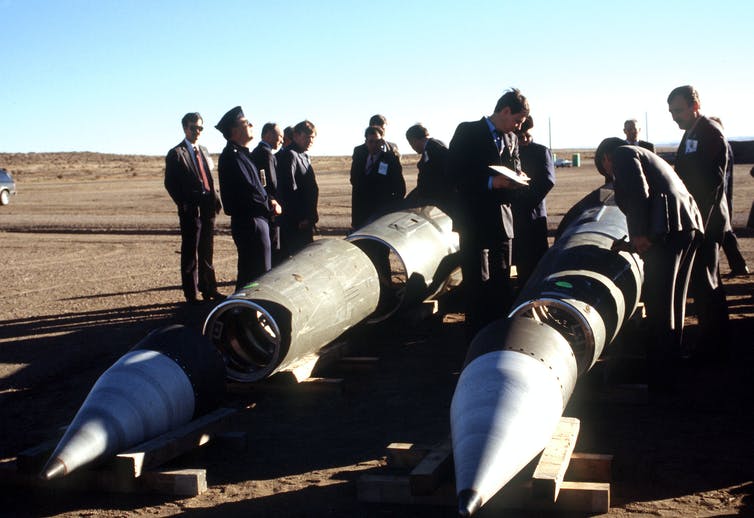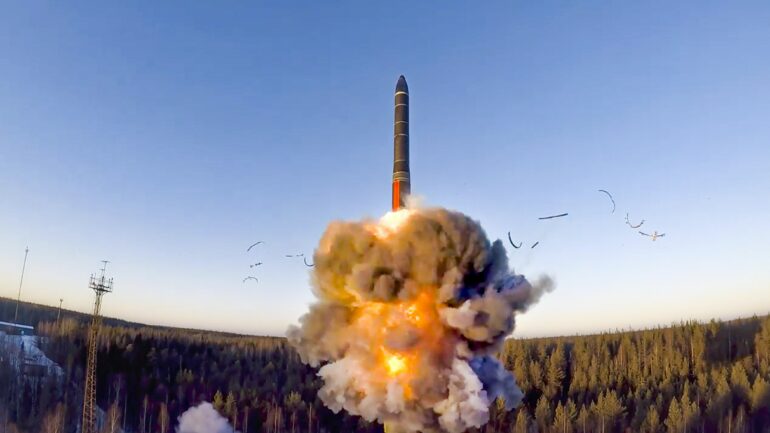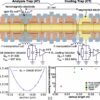The prospect of a nuclear exchange between Russia and the United States seemed, until recently, to have ended with the Cold War. Threats by Russian President Vladimir Putin to use the weapons to keep NATO out of the Ukraine conflict have revived those decades-old fears.
The threats come amid the fraying of nuclear arms control agreements between the two nuclear superpowers that had stabilized strategic relations for decades.
As an arms control expert, I see the war in Ukraine as an added strain but not a fatal blow to the system that has helped to keep the world from nuclear devastation. That system has evolved over decades and allows U.S. and Russian officials to gauge how close the other side is to launching an attack.
Keeping an eye on each other
Arms control treaties rely on each of the nuclear superpowers sharing information about deployed delivery systems – missiles or bombers that could be used to deliver nuclear warheads – and to permit the other side to verify these claims. The treaties usually include numerical limits on weapons, and implementation of a treaty typically begins with baseline declarations by each side of numbers and locations of weapons. Numbers are updated annually. The two sides also regularly notify each other of significant changes to this baseline through what are now called Nuclear Risk Reduction Centers.
A key element of all arms control treaties has been the two sides’ ability to use “national technical means,” such as satellites, along with remote monitoring techniques such as radiation detectors, tags and seals, to monitor compliance. Remote monitoring techniques are designed to distinguish individual items such as missiles that are limited by treaty and to ensure that they are not tampered with.
The 1987 Intermediate Nuclear Forces (INF) treaty introduced a major innovation: the use of on-site inspections. Before that treaty, the Soviets had resisted U.S. proposals to include such inspections in verification. But as Soviet Premier Mikhail Gorbachev moved domestically to a process of glasnost (openness), he embraced on-site inspections, and similar provisions have been included in subsequent treaties. They include both regular announced inspections and a certain number of annual unannounced short-term challenge inspections to guard against cheating.

Soviet weapons inspectors examine two disassembled Pershing II missiles in the U.S. in 1989.
MSGT Jose Lopez Jr./Wikimedia
The history of keeping nuclear arms in check
National security scholars such as Thomas Schelling and Morton Halperin developed the concept of arms control in the late 1950s and early 1960s amid an accelerating U.S.-Soviet arms race. Arms control measures were designed to increase transparency and predictability to avoid misunderstandings or false alarms that could lead to an accidental or unintended nuclear conflict. As the concept evolved, the goal of arms control measures…



